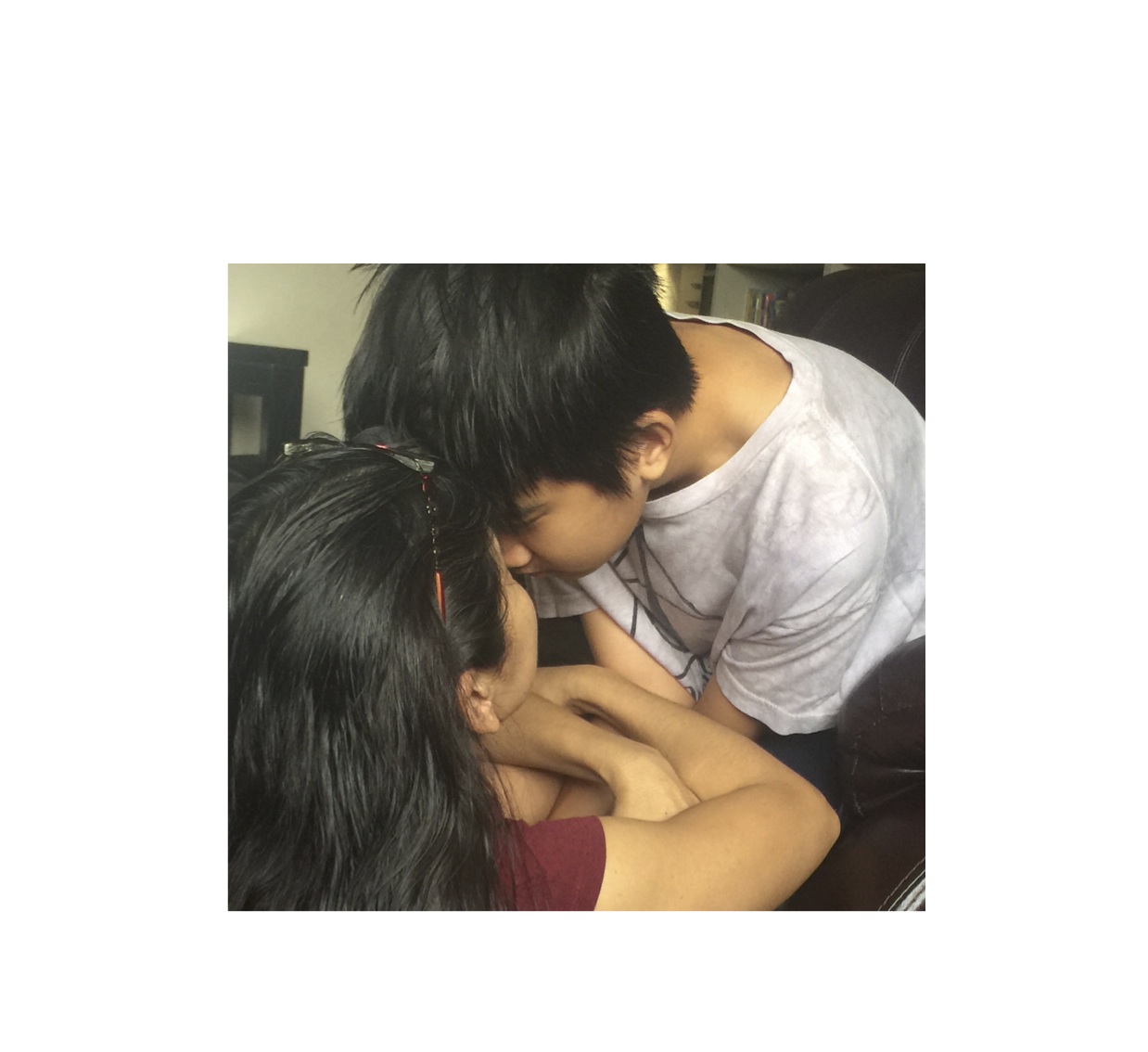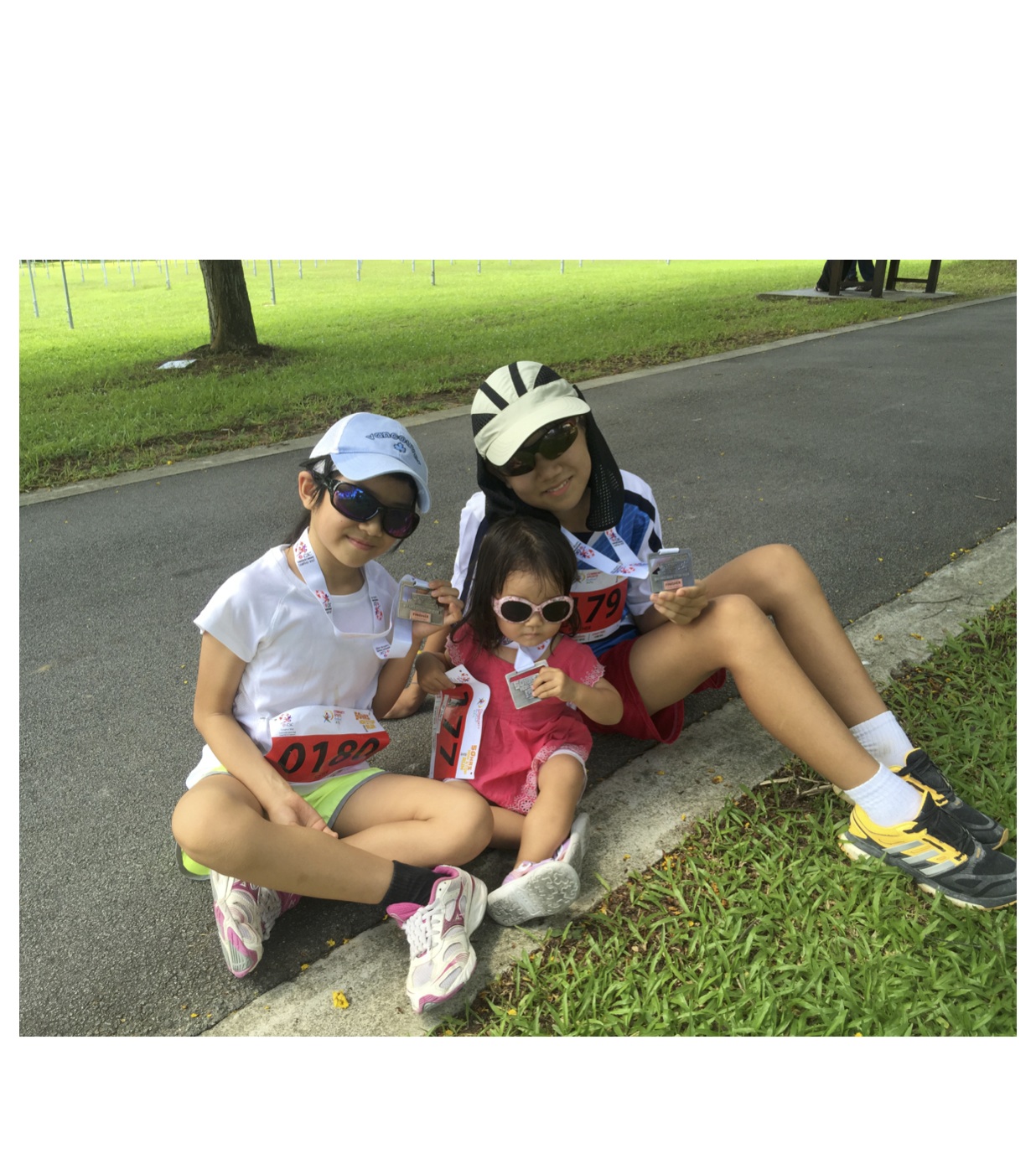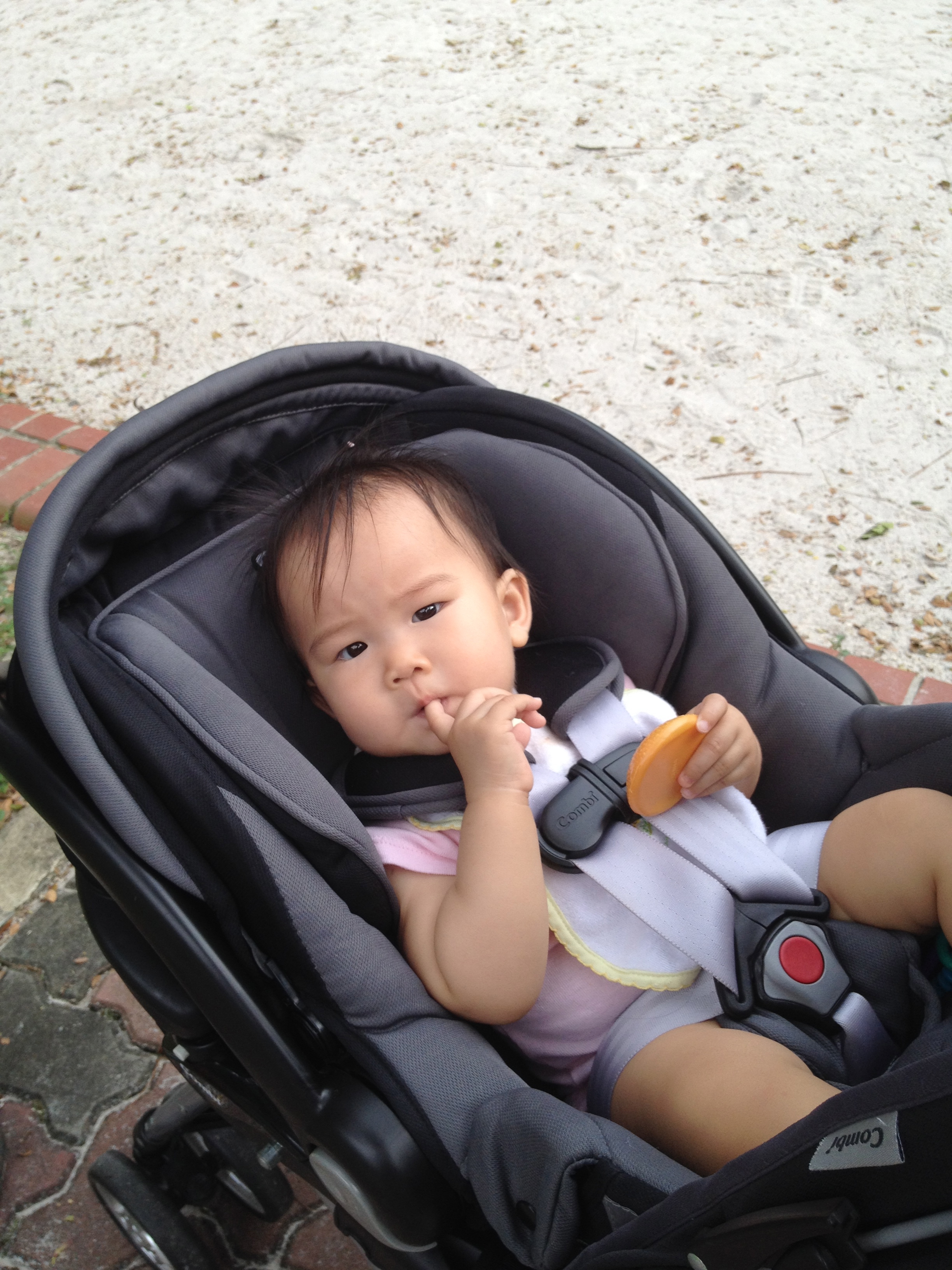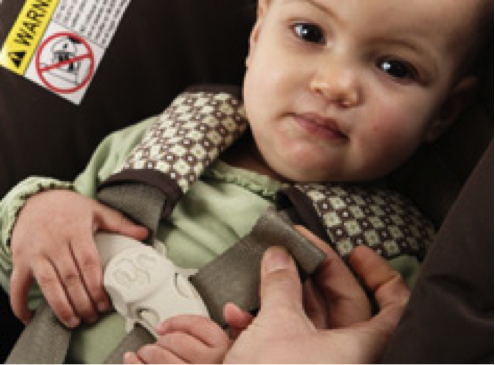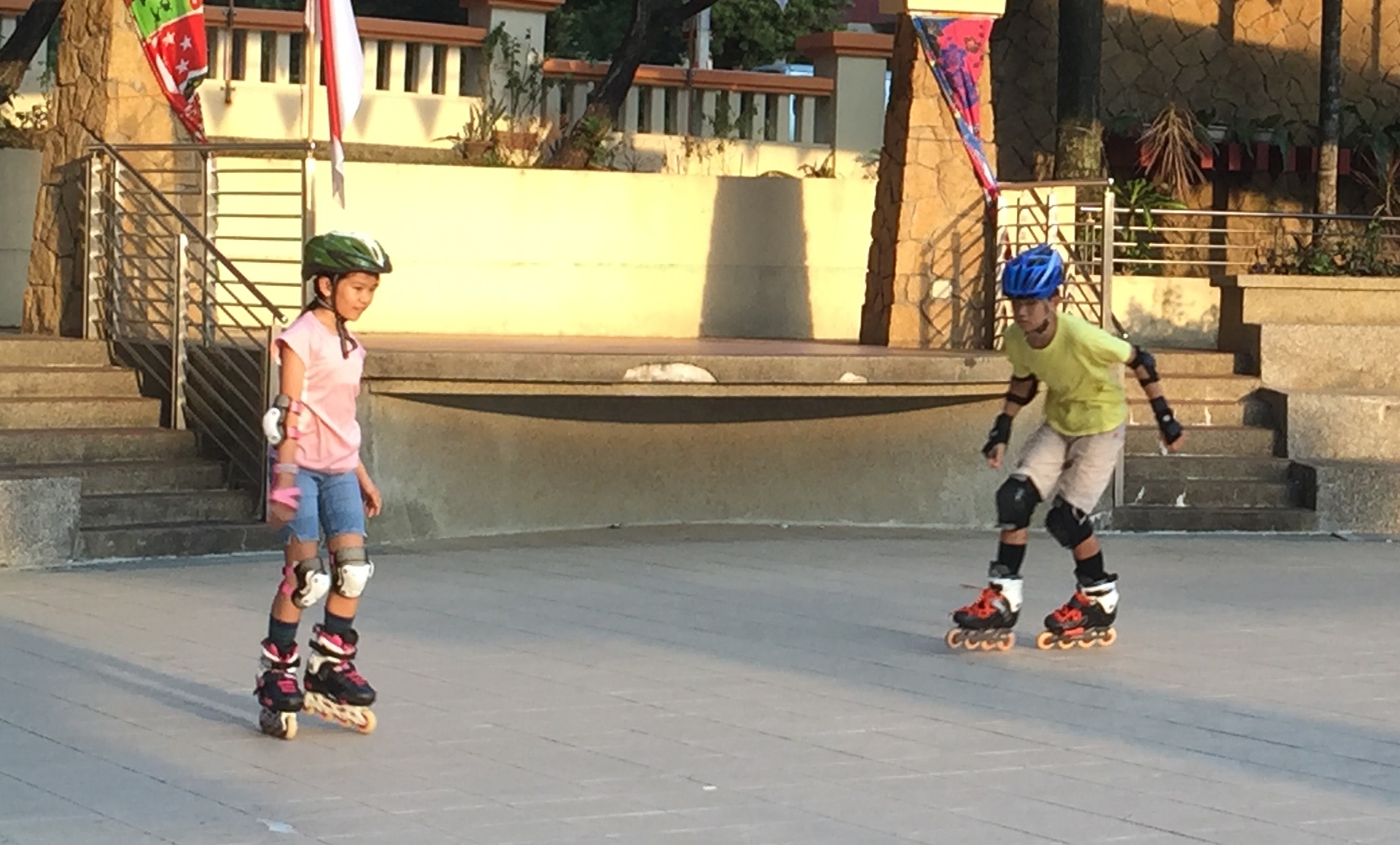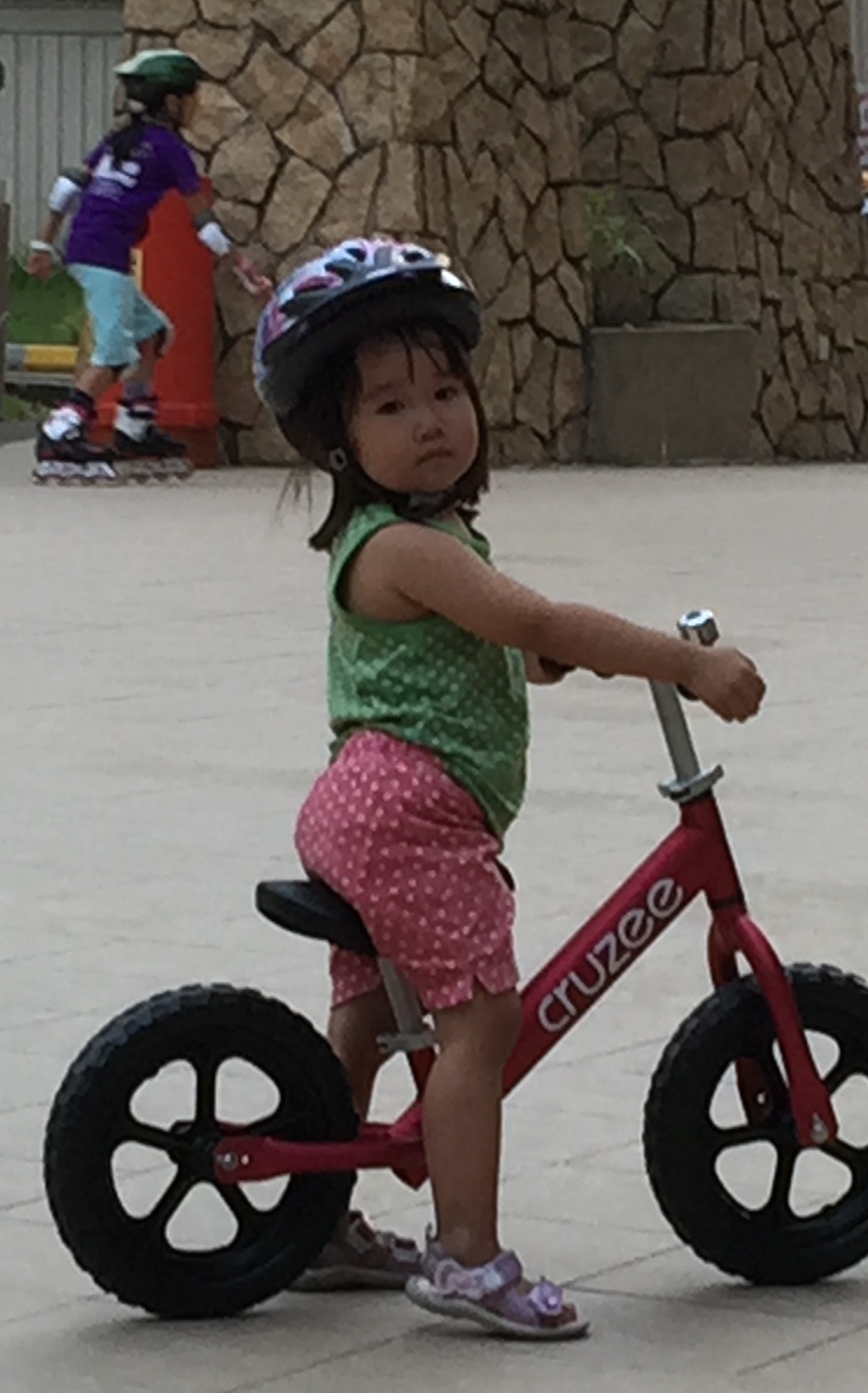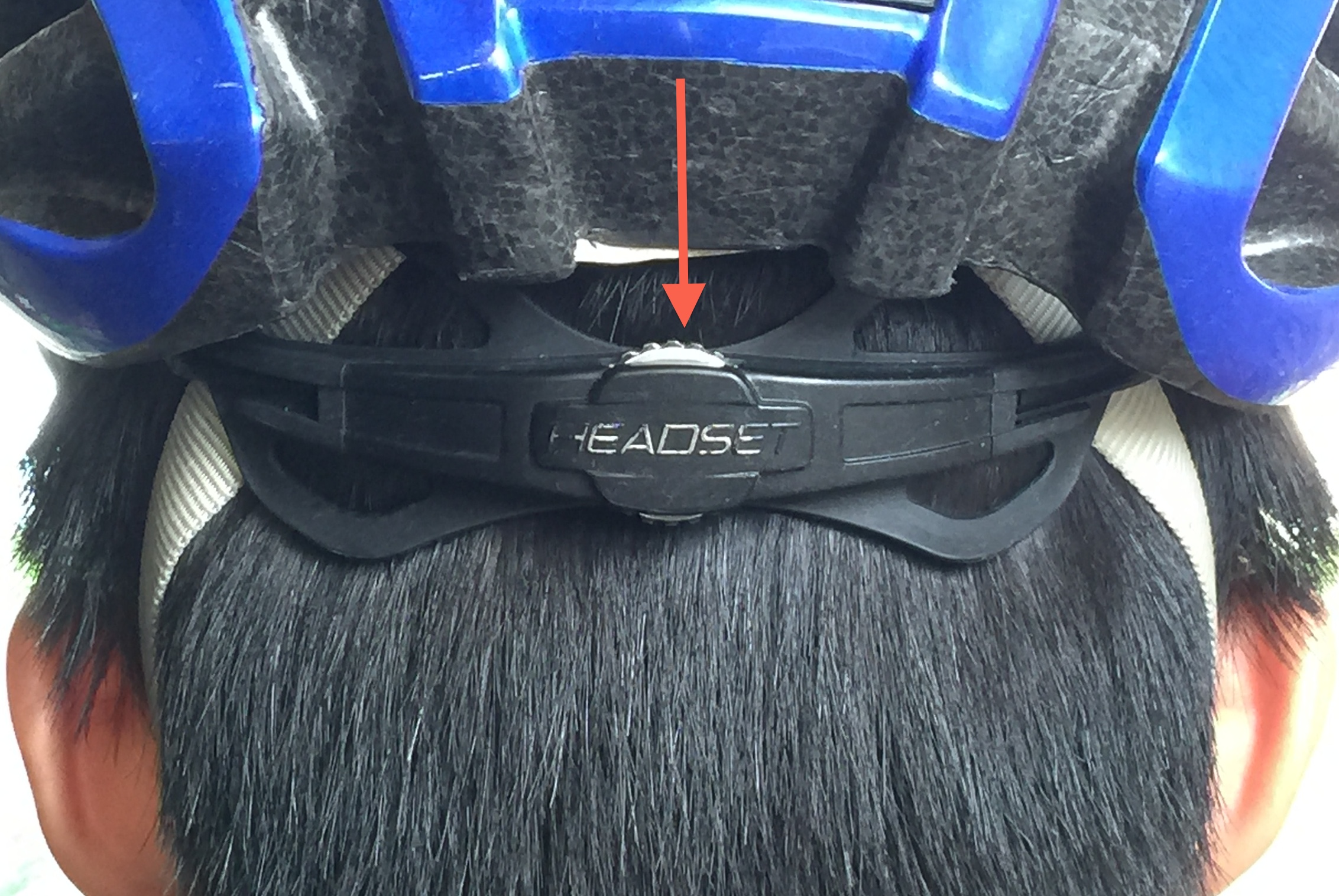Thank you for following our blog Decoding Your Child. “Why name the blog Decoding Your Child?” you may ask. The reason is two-fold. This blog post will touch on the first reason.
Firstly, the purpose of the blog is to help you decode YOUR child. Decoding someone means truly understanding him/her. When we truly understand our children, we are better able to guide them and help them develop. Decoding someone takes time and effort, and most of all, patience. Patience is a rare virtue in a fast spinning society like ours. We demand efficiency and instant results. If we don’t, someone might surpass us and render us obsolete. At least that is what happens in the economic world. What about in the world of growing children? Can we demand efficiency and instant results?
Farmers Manipulating Crop
Let us for a moment just look at farmers. Can farmers prompt a crop to grow as fast as it can? Of course they can. They load the crops with herbicides, fungicides, unnatural fertilizers etc. They would do anything to get rid of anything that poses as a threat and add anything that will help their crops grow bigger and faster. Heck, they would even genetically modify the plants so their crops can withstand the herbicides and pesticides sprayed on them, or even “better”, they would create plants that kill the pests that eat them. Makes you wonder what happens when we eat those plants, don’t you? But that’s a separate topic for another day.
Farmers Following the Money
Some farmers will also focus on growing crops that make them the most money. When corn was selling well, everyone wanted to grow corn. They cleared their land of other productive but not economically high yield crops to grow corn, thinking the corn will yield them better returns. Then what happened? There was an oversupply of corn. The value of corn plunged and many corn farmers lost the shirts on their backs and went bankrupt. Those who chose not to jump onto the bandwagon of corn growers survived and thrived.
Parents Moulding Their Children
How does farming apply to parenting? Like farming, parenting takes time. It takes cultivation. Like farmers, parents yearn to get rid of as many obstacles as possible, so that their children have the best environment to grow. We do everything in our power to remove anything that distracts our children from doing well in school so they can focus on growing uninterrupted. We do our best to “fertilize” them with enrichment programs. We schedule their days, hours and minutes so every moment is productive. Staring into empty space is unproductive. Go read a book. Doodling is a waste of time. Go do a workbook. What happens then is that our children stop thinking for themselves. They wait for instructions. They are lost and bored when not told what to do. We engineer creativity out of them. And then we wonder, “How can we teach our children to be creative?”
Parents Following the Money
Don’t get me wrong. Parents have the best intentions for their children. I am a parent, I know. We want our children to succeed. We want to help them find the path that leads to success. However, many parents fall into the trap of following the money. Do well in school, get a good job, earn lots of money. What’s a good job? It used to be being a doctor, a lawyer, an engineer, and now a programmer. Let’s all gear our children into those areas. Forget about the less well paying careers of being an artist, actor or sportsperson. What happens? Engineers graduate without an engineering job. Programmers find themselves uncompetitive compared to programmers from other countries. What happened? We pushed our children into a dead-end career and killed their actual passion in the process.
Decode Your Child And Develop Him As He Is
What can we do as parents? Decode our children. Learn what their passions are. Help them develop those passions, even if those passion seem pointless. Case in point. The son of one of my friends loved to surf google map. He spent hours looking at the maps, “visiting” different countries and drove his mom up the wall with his apparent waste of time. Several years later, the knowledge that he gained from his “time-wasting” hobby won him third place in a Geography Bee contest in USA. Where his passion for map reading and learning about countries will lead him in the future remains to be seen. But we know his passion will help him thrive in this area further than someone who is pushed into it.
If your child loves painting, let him paint. Don’t tell him it is a waste of time. You never know if he will become the next Monet or Van Gogh. If your child loves to sing, let her sing. She could be the next Adele. And you know what? She will love her life better doing what she loves than if she were forced to be an engineer, programmer or architect, resigned to being a bathroom singer. When we tell our children, “Don’t sing/paint/play computer games because you can’t make money out of it”, we are programming in our children the inability to make money out of their passion. And guess what, they will NEVER make money out of their passion. But if we help them fan their passion, encourage them to fly as high as they can go with their passion, they might surprise us with their success.
Help Our Children Find Their Hidden Paths
So decode your child. Know him as he is, not what you want him to be. And parent from there. If we want efficiency, the fastest and surest way to success is to follow one’s passion because the one who is walking the path is intrinsically motivated to walk it. And most of the time, the path is already created, just hidden. And our job as parents is to help our children find their hidden paths, not hack a path for them to walk on our behalf.
– Vivian –

